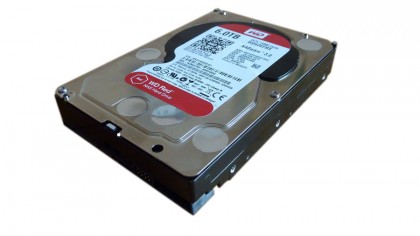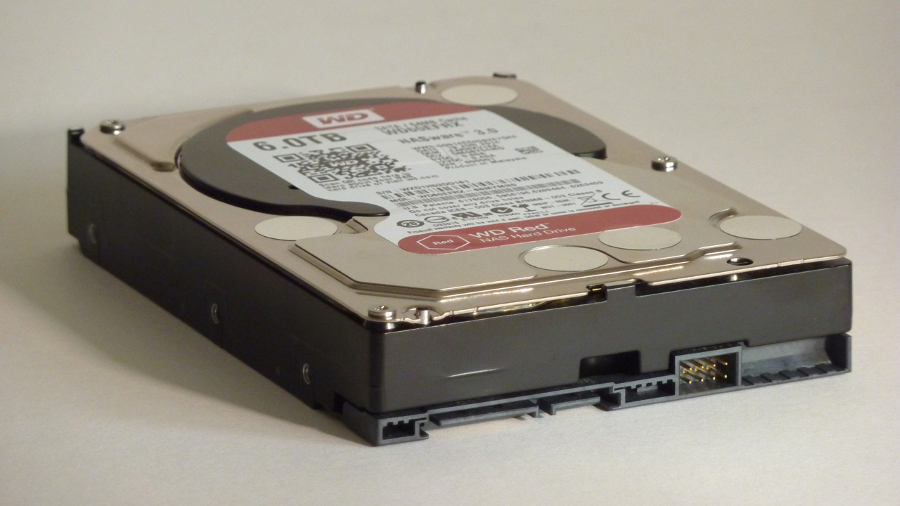Why you can trust TechRadar
To test the performance of the Western Digital Red 6TB hard disk, I used it as a system disk with Windows 8.1 in my test PC, and ran Crystal Disk Mark, both the conventional and storage tests in PCMark 08, and AS SSD to find the drive's access time.
It seems early versions of these drives shipped with a misconfiguration that reduces read performance. Western Digital sent me a firmware update that fixed the issue, so I retested the disk after it was applied. It made a big difference to the results.
Speedy hard drive
Crystal Disk Mark reported sequential read speeds of 173 MB/s and write speeds of 165 MB/s. This is slightly lower than the claimed 175 MB/s speeds, but equivalent to HGST's He6 6TB disk and less than Seagate's Enterprise Capacity 6TB (223 MB/s). For a consumer drive, this is a great achievement.

The all-important 32-layer queue depth (QD32) times, which give an indicator of disk IOPS, also came out less than these two enterprise drives, as expected. Write speeds with the Red 6TB were 1.59 MB/s, which translates to an IOPS rating of 407, compared with Seagates's 1.861 MB/s (477 IOPS) and HGST's 1.946 MB/s (498 IOPS). AS SSD indicated an access time of 15.7ms, longer than the 11.9ms I recorded from Seagate's drive, and more than the 13.1ms from HGST's drive.
PCMark08 provided some interesting scores too. In a different workstation to the one I've used for previous hard disk reviews, I measured an overall score of 2,909 points, with 2,563 in the storage test.
The Crucial MX100 512GB SSD managed a higher PCMark08 score of 3,020 in this new workstation, but the storage result was double at 4,998, which illustrates the vast difference between SSDs and even fast hard disks such as the Western Digital Red 6TB.
